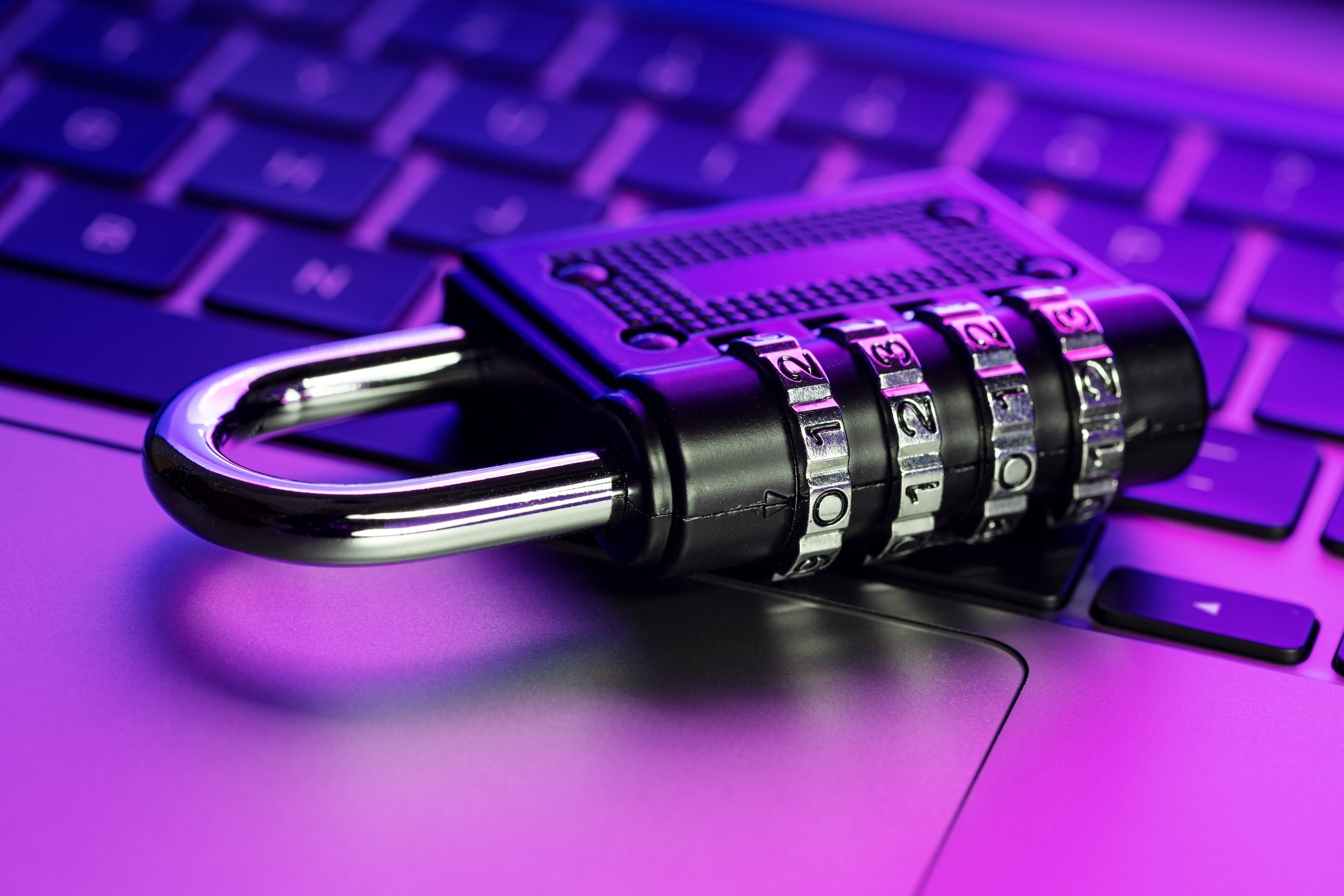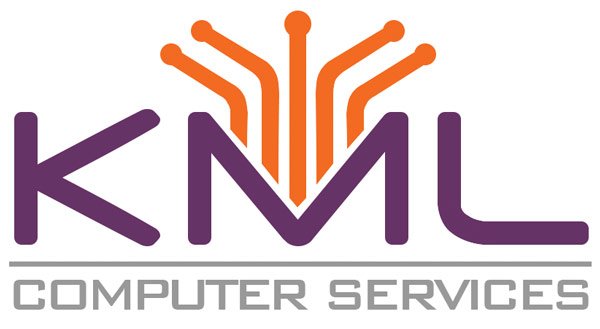
In today’s digital landscape, implementing effective cybersecurity measures is essential for protecting your small business. Here are some key practices to help safeguard your operations and data.
Regular Software Updates and Patch Management
Keeping your software up to date is a fundamental step in protecting against potential cyber threats.
Vulnerability Mitigation
Cybercriminals often exploit vulnerabilities in outdated software to gain unauthorized access. Regularly updating software and applying patches can close these security gaps, helping protect your business from potential attacks.
Compliance and Security Standards
Many regulations require businesses to keep software updated as part of compliance obligations. Failing to do so may not only increase the risk of data breaches but also result in penalties for non-compliance.
Improved Performance and Features
Besides security, software updates often include performance enhancements and new features that can streamline operations and improve productivity.
Secure Password Policies
A strong password policy is one of the most effective ways to protect your business from unauthorized access.
Importance of Strong Passwords
Weak or reused passwords can be easily exploited, making your systems vulnerable to breaches. Ensuring that employees use strong passwords significantly reduces the risk of unauthorized access.
Tips for Creating and Managing Secure Passwords
To enhance security, follow these best practices for password management:
- Use Complex Passwords: Encourage passwords that are at least 12-16 characters long, including a mix of uppercase and lowercase letters, numbers, and special characters. Avoid common phrases or easily guessable information.
- Implement a Password Manager: Password managers can generate and store complex, unique passwords for each account, reducing password reuse and making credential management more secure.
- Enforce Regular Password Changes: Require passwords to be updated every 60-90 days to reduce the risk of long-term password exposure.
- Avoid Sharing Passwords: Establish a policy that prohibits password sharing. If multiple users need access to an account, use shared vaults within a password manager.
- Educate Employees on Phishing and Social Engineering: Train staff to recognize and avoid phishing attacks, which can compromise even the strongest passwords.
Multi-Factor Authentication (MFA)
Adding an extra layer of security through MFA can significantly improve protection against unauthorized access.
Enhanced Security
MFA requires two or more forms of verification before granting access, such as a password, a token, or biometric data. This adds an extra hurdle for attackers, making breaches more difficult.
Protection Against Credential Theft
If a password is compromised, MFA can prevent unauthorized access by requiring an additional verification step. This is crucial for sensitive accounts, such as those with administrative privileges.
Compliance with Regulations
Many cybersecurity frameworks and industry regulations mandate the use of MFA for accessing sensitive systems. Implementing MFA helps meet these requirements and reduce legal risks.
Recommendations for Implementing MFA
To make the most of MFA, consider these steps:
- Start with High-Value Accounts: Enable MFA for accounts with access to sensitive data, such as email and admin accounts, and gradually expand across the organization.
- Use Authenticator Apps: Encourage the use of authenticator apps, such as Google Authenticator, rather than SMS-based methods, which are more vulnerable to certain attacks.
- Educate Employees on MFA: Provide instructions on setting up and using MFA, addressing any concerns to facilitate a smooth adoption process.
- Consider Biometric Options: For devices that support it, use biometric authentication (e.g., fingerprint or facial recognition) to enhance security.
- Monitor MFA Logs: Regularly check MFA usage logs for signs of suspicious activity, such as repeated failed login attempts.
Regular Security Assessments and Audits
Conducting regular security assessments can help your business stay ahead of potential threats.
Identify Vulnerabilities
Regular security assessments allow you to detect weaknesses in your systems and policies before they are exploited. This proactive approach enables you to address issues before they escalate into significant risks.
Ensure Compliance
Audits ensure that your business remains compliant with industry regulations, such as GDPR, HIPAA, or PCI-DSS, reducing the risk of fines and legal consequences.
Evaluate the Effectiveness of Security Measures
Assessments provide insights into how well your current measures are working, allowing you to prioritize improvements where needed.
Build Customer Trust
Demonstrating that you regularly conduct security assessments shows customers and partners that you are committed to protecting their data.
Tips for Conducting Effective Security Assessments
Here are some ways to make your security assessments more effective:
- Conduct Regular Vulnerability Scans: Use tools to scan networks and applications for vulnerabilities at least quarterly.
- Perform Penetration Testing: Hire third-party cybersecurity firms to simulate attacks and identify weaknesses in your systems.
- Review Access Controls: Regularly audit access to sensitive data, ensuring permissions are updated when employees change roles.
- Evaluate Incident Response Plans: Test your incident response plan with simulated attacks to ensure your team is prepared.
- Document Findings: Keep records of assessments, findings, and remediation efforts for future reference and compliance.
Cybersecurity Insurance for Small Businesses
Cybersecurity insurance is an important tool for mitigating the financial impact of cyber incidents, providing several key benefits and coverage options to consider.
Overview of Cybersecurity Insurance
Cybersecurity insurance helps protect small businesses against the potentially devastating costs of cyberattacks, including data breaches, ransomware, and business interruptions. For small businesses, these costs can be particularly crippling, making insurance a critical safety net.
Importance and Benefits of Having Cybersecurity Insurance
- Financial Protection: Cybersecurity insurance provides financial protection against the costs of cyber incidents, covering expenses such as data recovery, legal fees, and lost revenue.
- Risk Management: Many policies offer risk management services, including access to cybersecurity experts, incident response teams, and preventive resources.
- Business Continuity: Insurance ensures business continuity by covering the costs of restoring operations, such as data recovery, system repairs, and notifying customers and regulators.
- Legal and Regulatory Compliance: Helps cover legal fees, regulatory fines, and the costs of mandatory breach notifications, reducing the financial burden on the business.
- Customer Trust and Reputation Management: Insurance can help a business recover more quickly after a cyber incident, thereby maintaining customer trust and protecting the company’s reputation.
Types of Coverage Typically Offered
- Data Breach Coverage: Designed to cover costs associated with responding to a data breach, including notifying affected individuals, providing credit monitoring services, and managing public relations. This helps mitigate financial and reputational damage, especially when sensitive information is exposed.
Example: If a hacker breaches your network and steals customer data, data breach coverage would cover the costs of notifying customers, offering credit monitoring, and handling the public relations aspect. - Business Interruption Coverage: Compensates for lost income and extra expenses incurred when a cyberattack disrupts business operations, such as revenue lost during downtime and the costs of restoring functions.
Example: If your e-commerce site is taken offline by a DDoS attack, business interruption coverage would compensate for the lost sales during the downtime. - Cyber Extortion Coverage: Covers costs related to ransomware attacks and other forms of cyber extortion, including paying ransoms, negotiating with attackers, and hiring experts to restore systems.
Example: If your business is targeted by ransomware, cyber extortion coverage could help cover the ransom payment and expenses related to negotiating with the attackers. - Legal and Regulatory Coverage: Provides financial support for legal costs and regulatory fines arising from a cyberattack, particularly if data protection laws are violated.
Example: If your business is sued by customers whose data was stolen, legal and regulatory coverage would help pay for legal defense costs, settlements, and any regulatory fines.
Factors to Consider When Choosing a Cybersecurity Insurance Policy
Selecting the right cybersecurity insurance involves evaluating various factors to ensure comprehensive coverage.
- Coverage Limits and Exclusions: Understand the maximum amount your policy will pay for claims and review any exclusions. This ensures coverage aligns with potential exposure, especially for high-risk areas like data breaches.
Example: If your policy has a $1 million limit for data breach coverage, confirm this amount matches your potential risk based on the volume of sensitive data handled. - Policy Premiums and Deductibles: The cost of premiums and deductibles should balance affordability with the ability to cover initial expenses.
Example: A policy with lower premiums may have higher deductibles, meaning you’ll need to weigh the cost of the premiums against potential out-of-pocket expenses during a claim. - Claims Process and Response Times: A straightforward claims process with quick response times is essential during the stressful aftermath of a cyber incident. Look for policies that guarantee prompt support and coverage.
Example: If your business experiences a ransomware attack, you’ll need an insurance provider that responds quickly and covers recovery costs without delay.
Protect Your Business Today with Managed Cybersecurity Services
For small businesses, cybersecurity is a crucial component of long-term success. Implementing best practices for software updates, password policies, MFA, and regular security assessments can significantly reduce risks. Pairing these measures with cybersecurity insurance provides financial protection and peace of mind. In an era where cyber threats are continually evolving, investing in comprehensive cybersecurity practices is essential for safeguarding your business’s future.
Protecting your business from cyber threats can be complex, but KML Computer Services makes it easy. With comprehensive cybersecurity solutions tailored to small businesses, KML helps ensure your data stays secure and your operations run smoothly. Their proactive monitoring and advanced threat management services provide peace of mind, so you can focus on growing your business. Located in Bluffton, SC, and Novi, MI, KML delivers reliable cybersecurity support to businesses across these regions.
Contact us today to safeguard your business with expert IT services.
Mark Rossi is president of KML Computer Services. Since 1996 he has been immersed in the technology field, working in various positions, from hardware technician and network manager to network engineer and IT consultant.

